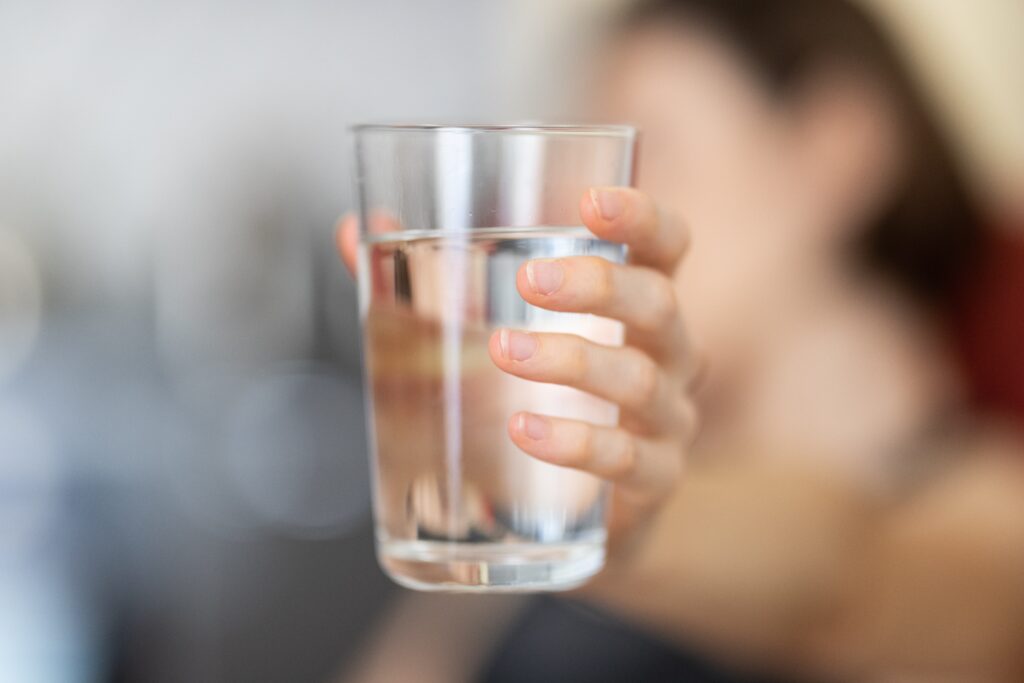PFAS FAQ
Get answers to common questions regarding PFAS.
What are PFAS?
Per- and polyfluoroalkyl substances – known as PFAS or ‘forever chemicals’ are long-lasting chemicals that break down slowly over time. PFAS are widely used in electronics, non-stick pots and pans, food packaging like pizza boxes and candy wrappers, stain and water-repellent used on carpets, upholstery and clothing, shampoos, dental floss, cosmetics, firefighting foam and more. PFAS are not used in the water or wastewater treatment process.
How does PFAS get into the water?
PFAS enter the environment when companies who manufacture products with PFAS release byproducts into the air and water or when consumers throw away products containing PFAS. These pollutants do not break down and instead build up and remain in the environment. There is no such thing as “new” water. All water is shared, and it flows in and out of streams, rivers, oceans and each of us. Along the way, it often picks up and carries the things that are placed into the environment with it, including PFAS.
What does this mean for my water?
Water gets a lot of attention for PFAS contamination because it is tested regularly by law, unlike many of the other things we eat, drink and breathe.
Our country’s regulatory process helps make sure we are delivering the safest water at the lowest cost. PFAS entering water sources does not mean that you should not drink your water. More information on water quality and treatments can be found here. Think of it this way, PFAS in water are measured “a part per trillion.” A part per trillion describes the amount of something, in this case PFAS, in water or soil. Here is an idea of what that means: 10 drops added to the Rose Bowl.
Can I still drink my tap water and use it to cook and bathe?
Yes. You can use your tap water for drinking, cooking and doing dishes, as well as for showering or bathing.
The EPA is not recommending bottled water for communities based solely on concentrations of PFAS chemicals in drinking water that exceed the health advisory levels. In fact, bottled water is regulated by the Food and Drug Administration, which does not require testing for
and may contain PFAS. The water from your tap meets or exceeds the drinking water limits set by the EPA, including testing for PFAS. Regulated, private water companies also treat PFAS to levels beyond the current EPA requirements. We are committed to ensuring all Americans have high-quality drinking water and that the water from your tap remains clean, safe and reliable

